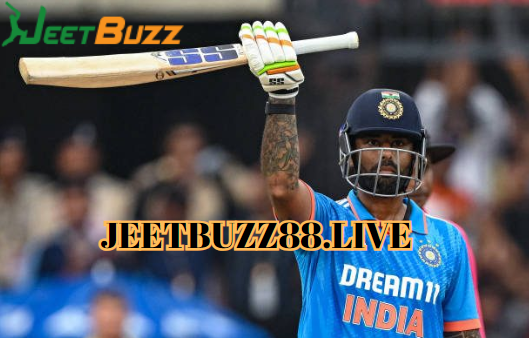The excitement is building as the ODI World Cup approaches, and cricket fans around the world are eagerly anticipating the Indian cricket team’s performance. As we delve into India’s preparations for the tournament, one key area of focus is their middle order. In this article, we will analyze the current state of India’s middle-order conundrum, the emergence of new talents, and the potential impact on their World Cup campaign.
In the previous ODI World Cup, India faced a middle-order crisis, with uncertainties surrounding key positions. The middle-order batsmen struggled to find stability, resulting in a constant shuffle of players leading up to the tournament. This time around, India faces a different but equally challenging problem—a problem of plenty.
Only four Indian batsmen have scored over 1000 ODI runs with a 40-plus average and a 90-plus strike rate in positions 4 to 6, and two names stand out prominently: Shreyas Iyer and KL Rahul. A month ago, they seemed like the obvious choices for these positions, but recent developments have added a new twist to the story.

KL Rahul’s consistent performances in ODIs have made him a strong contender for India’s middle order. Not only has he been a prolific run-scorer, but his wicketkeeping skills have also added versatility to his role. Rahul’s ability to adapt to different situations and conditions has put him in contention for a spot in India’s first-choice World Cup XI.
Shreyas Iyer, on the other hand, has faced challenges due to recurring back injuries. While he showcased his class with a brilliant century in a recent ODI against Australia, his inconsistency and injuries have opened the door for other contenders.

Suryakumar Yadav, known for his unique skill set in T20 cricket, has emerged as a compelling option for India’s middle order. His ability to target specific areas of the field, regardless of the ball’s line and length, is a rare asset. In ODIs, he can exploit the period between overs 11 to 40 when there are only four fielders outside the ring, providing more opportunities to find gaps and score runs.
Suryakumar’s recent performances, including a crucial 72 not out off 37 balls in Indore, have demonstrated his adaptability to the ODI format. He possesses the ability to hit unconventional shots and change the game’s dynamics, a quality shared by few in the cricketing world.
As the World Cup approaches, India faces a critical decision regarding their middle order. They have two compelling options:
Option A: A top six featuring Rohit Sharma, Shubman Gill, Virat Kohli, Shreyas Iyer, KL Rahul, and Hardik Pandya. This lineup brings stability and experience but lacks some of the unconventional flair.
Option B: A top six comprising Rohit Sharma, Shubman Gill, Virat Kohli, KL Rahul, Hardik Pandya, and Suryakumar Yadav. This lineup offers versatility, innovation, and the ability to adapt to various match situations.
The Indian cricket team’s middle-order conundrum highlights the depth of talent in the squad and the difficult decisions that lie ahead. While Option A provides a formidable batting order, Option B brings excitement and unpredictability.






















